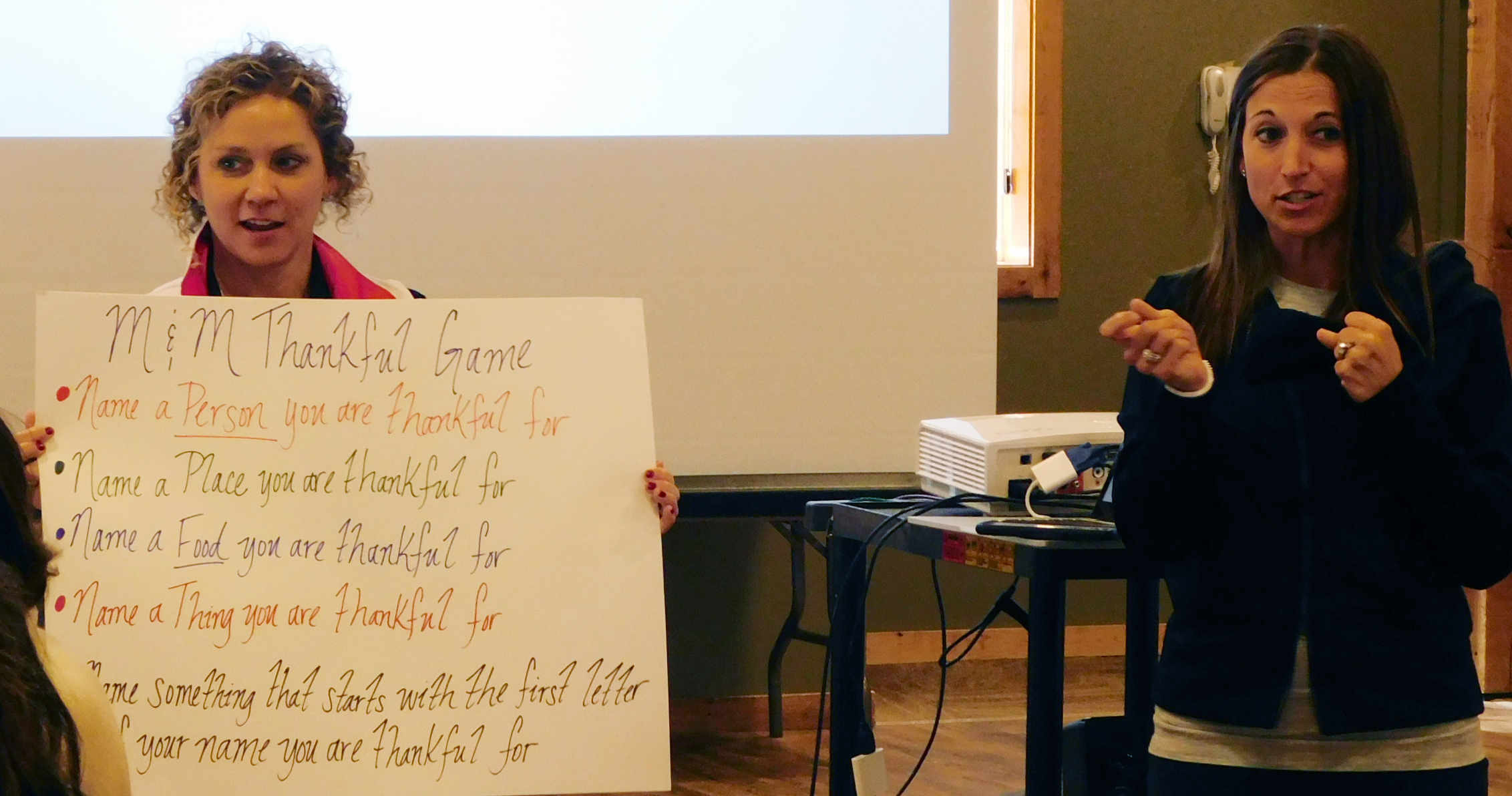Children, Families, and the Law, Center on

Center on Children, Families, and the Law: Faculty Publications
Document Type
Article
Date of this Version
2000
Citation
Published in Criminology 38:1 (2000), pp 81–116.
doi 10.1111/j.1745-9125.2000.tb00884.x
Abstract
In order to extend the study of community social disorganization and crime beyond its exclusive focus on large urban centers, we present an analysis of structural correlates of arrest rates for juvenile violence in 264 nonmetropolitan counties of four states. Findings support the generality of social disorganization theory: Juvenile violence was associated with rates of residential instability, family disruption, and ethnic heterogeneity. Though rates of poverty were not related to juvenile violence, this is also in accord with social disorganization theory because, unlike urban settings, poverty was negatively related to residential instability. Rates of juvenile violence varied markedly with population size through a curvilinear relationship in which counties with the smallest juvenile populations had exceptionally low arrest rates. Analyses used negative binomial regression (a variation of Poisson regression) because the small number of arrests in many counties meant that arrest rates would be ill suited to least-squares regression.


Comments
Copyright © 2000 The American Society of Criminology; published by Wiley. Used by permission.